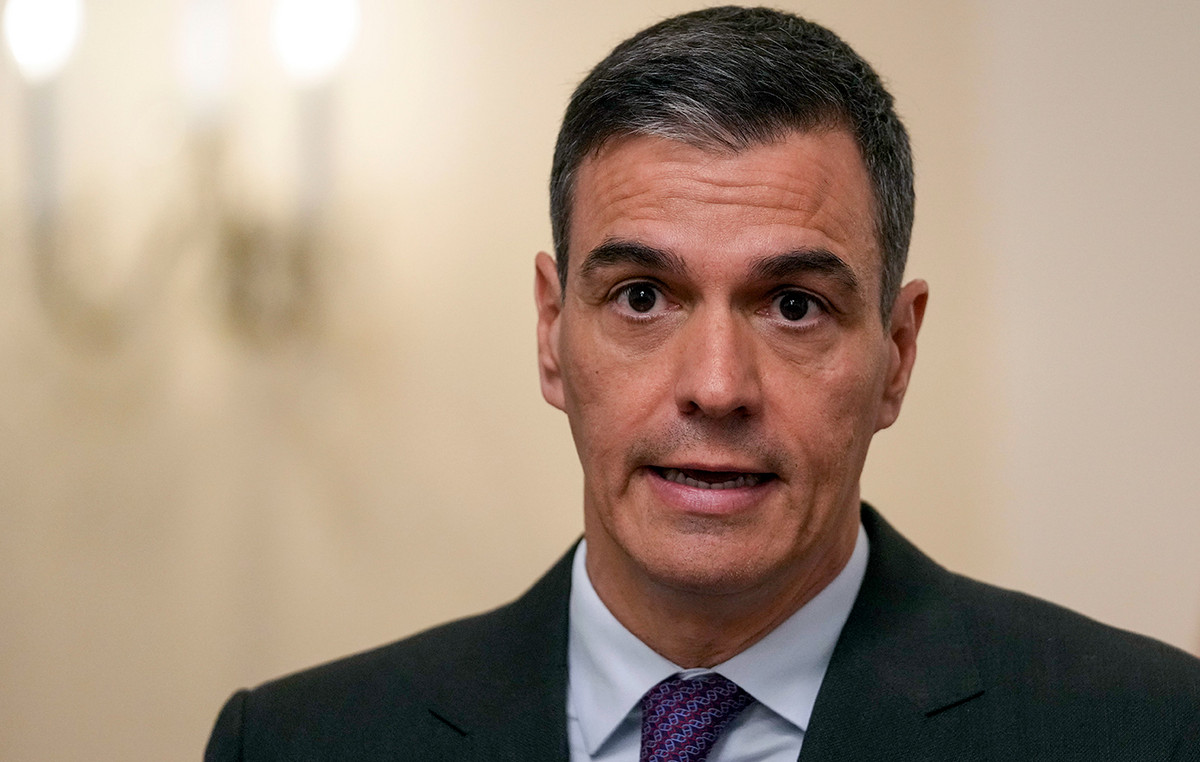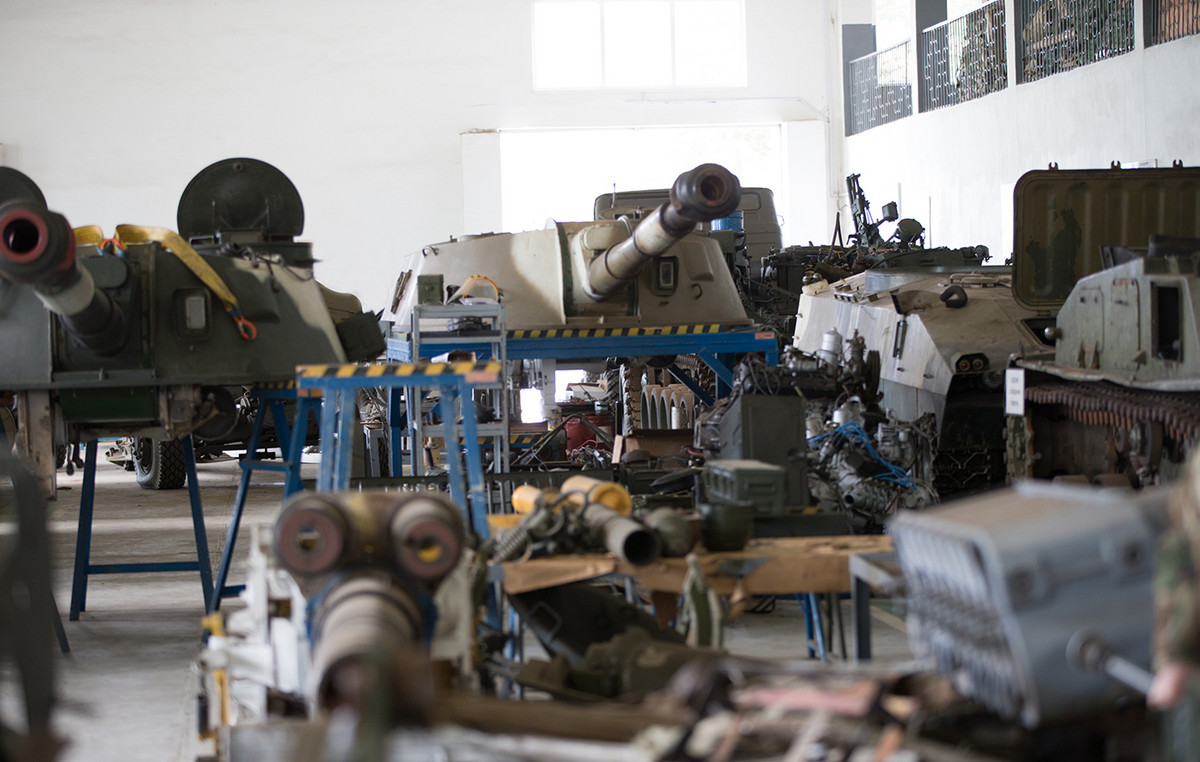Every second, around one bottle of Scotch whisky is exported to Brazil and the country has established itself as the eighth largest consumer of the product in the world in terms of volume and 16th in terms of value. But the numbers may soon increase.
The data is from Scotch Whisky Association (SWA ), a British government-sanctioned trade association that represents the Scotch whisky industry and protects the spirit worldwide.
After efforts by SWA, the Brazil recognizes the Geographical Indication (GI) for Scotch whisky in June, a fact that could boost the economy by around 25 million pounds (around R$180.3 million) over the next five years, according to the UK Department of Business and Trade.
This was the most recent indication in the form of Denomination of Origin (DO) for a foreign product in Brazilian territory since 2019, when Mexican tequila was recognized by the National Institute of Industrial Property (INPI).
What does Geographical Indication mean?
“In general terms, the Geographical Indication will facilitate exports to Brazil, especially for small companies. What we will probably see in the coming months is a greater variety of Scotch whisky in Brazil,” he summarizes. Mark Kent , CEO of the Scotch Whiskey Association who came to Brazil in September to participate in meetings with national authorities.
The recognition of the new GI does not mean that there will be a visual mark on bottles of Scotch whisky sold in Brazil. The movement has a greater impact behind the scenes.
“It means an even greater guarantee for Brazilians to know that Scotch whisky is genuine. This will make it easier to protect Scotch whisky, as well as reducing bureaucracy. You won’t notice a change on the bottle itself, but behind the scenes this will make protection and import easier,” he says. Lindesay Low , SWA Deputy Director of Legal Affairs .
Brazil in the top 10 of Scotch whisky
From the Intellectual Property Law, sanctioned in 1996GI applications in Brazil began to be requested also by foreigners in order to protect certain products in the national territory. The Port Wine from Portugal, the Roquefort cheese from France, and the San Daniele prosciutto from Italy, are some of the 10 international products registered in Brazil with Denomination of Origin.
“Scotch whisky has protection in the European Union and in many other countries. This protection is territorial, that is, just because a product has a Geographical Indication in Europe, it does not mean that it has this indication in other parts of the world”, explains Lindesay.
The Scotch whisky industry is fundamentally an export industry, with 90% of production exported to other territories, hence the importance of requesting recognition of the product in strategic countries.
In addition to China and India, for example, Brazil is also one of the key countries: last year, the country imported around 43 million bottles of Scotch whisky of 700 ml, which meant a market value estimated at over £88m (R$ 643.3 million at the current exchange rate). According to Mark Kent, around 75% of all whiskey consumed in Brazil is Scotch whiskey .
“In addition to the importance of ensuring better legal protection, the GI also marks taxes for Scotch whisky exporters. So what we hope is that it will remove extra certifications, paperwork and bureaucracy. This means that the Brazilian market will be more attractive to exporters and that small companies will enter the Brazilian market,” he says. Maria Jose Kong , SWA’s Head of Trade for the Americas .
Other applications for recognition of Scotch whisky are underway in countries such as Argentina and in African territories.
Scotch whiskies can only be… from Scotland

The Geographical Indication in the form of Denomination of Origin recognizes, in addition to the country or region, that the product has distinct characteristics due to the geographical factors where it is produced.
“To achieve this, we had to demonstrate to Brazil that Scotch whisky is a product that can only be made in Scotland and that it has particular qualities that can only occur in Scotland, whether environmental or even human,” says Lindesay.
With the GI, there is greater protection against counterfeits or products that mislead. A whiskey made in Santa Catarina that is called “Scottish” is not, in fact, a Scotch whiskey, for example.
Mark Kent argues that counterfeits tend to occur with premium products. “As with other products, there is more incentive among the criminal class to engage in counterfeiting when they see that it is very popular. And that is why we have to pay attention,” says the CEO of SWA.
There is no estimate of how much the industry loses revenue from counterfeits, but, in the professionals’ view, the losses go beyond financial losses, including health, property infringement and damage to the industry’s reputation.
AND How do you know if a whiskey that claims to be Scottish is fake? “The first thing to do is put this into perspective: if consumers buy from established outlets, from regular bars and restaurants, the risk of buying counterfeit products is minimal,” says Lindesay Low.
A tool that makes consumers’ lives easier is the UK Revenue and Customs website which allows you to search for all registered Scotch whisky brands. The site can be accessed in this link. “If the brand or owner does not appear, this could be a cause for concern and it is probably not Scotch whisky. People can contact the authorities and our association,” says the deputy director of legal affairs at SWA.
What is a Scotch whisky?

To be called Scotch whisky (scotch whiskey ), the drink must, by law, be distilled and aged in Scotland for a minimum of three years in oak barrels. Scotch whisky must be made with only three natural ingredients: water, grain and yeast. The drink must contain a minimum alcohol content of 40%.
And what’s the best way to enjoy it? “Responsibly,” says Mark Kent. “Besides drinking responsibly, there’s no right or wrong way to drink it, only how you like it. One of the great advantages is that there are so many types, flavors and profiles of Scotch whisky that we can try,” says the association’s CEO.
According to the SWA, most of the Scotch whisky consumed in the world is of the Blended Scotch Whisky category, a blend of Single Grain and Single Malt whiskies. Scotland is home to 151 whisky distilleries, which corresponds to greater concentration of this production in the world.
Produced in the country for more than five centuries, Scotch whisky is considered by the Scotch Whisky Association as the best-selling distillate on the international market in the world with exports to around 168 countries valued at more than £5.6 billion in 2023 . In the same year, the product accounted for 74% of Scottish food and drink exports and 22% of all UK food and drink exports.
In terms of value, the United States comes out on top as the largest market for Scotch whisky, with exports valued at £978 million in 2023. The scenario changes when it comes to volume, with France coming out on top in the same period, with 174 million 700ml bottles purchased.
Top 5 Scotch Whisky Markets by Value in 2023:
- United States (£978 million)
- France (474 million)
- Singapore (378 million)
- Taiwan (341 million)
- China (235 million)
Top 5 Scotch Whisky Markets by Volume in 2023
- France (174 million bottles)
- India (167 million)
- United States (127 million)
- Japan (60 million)
- Germany (59 million)
Cheeses from AM are recognized with geographical indication registration
The post Brazil is a big market for Scotch whisky and sales could grow appeared first on CNN Brasil V&G.
Source: CNN Brasil
Johanna Foster is an expert opinion writer with over 7 years of experience. She has a reputation for delivering insightful and thought-provoking articles on a variety of subjects. Her work can be found on some of the top online news websites, and she is currently lending her voice to the world stock market.







